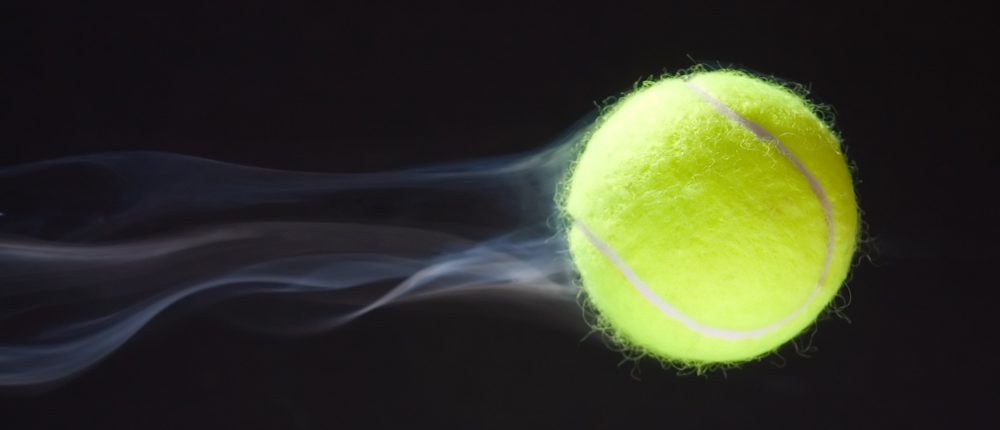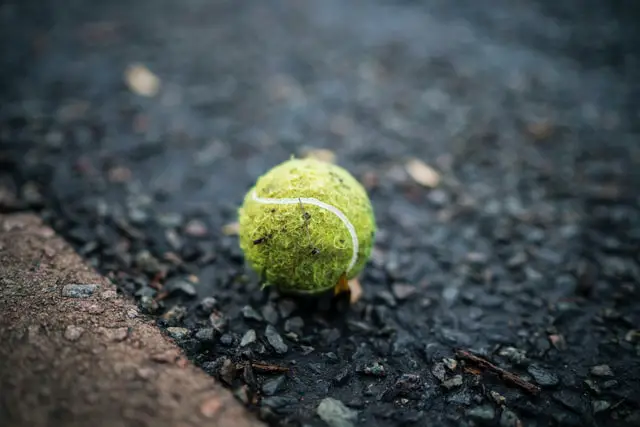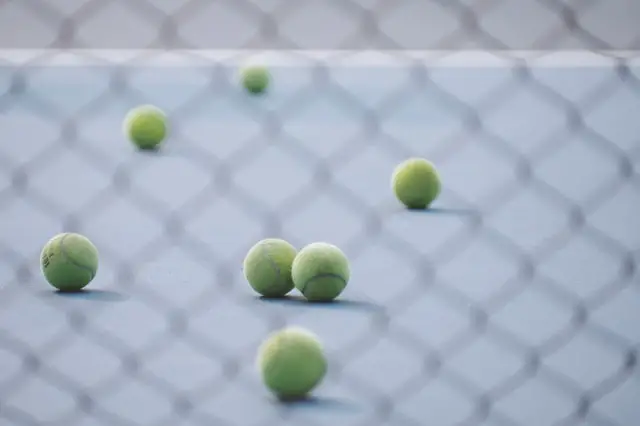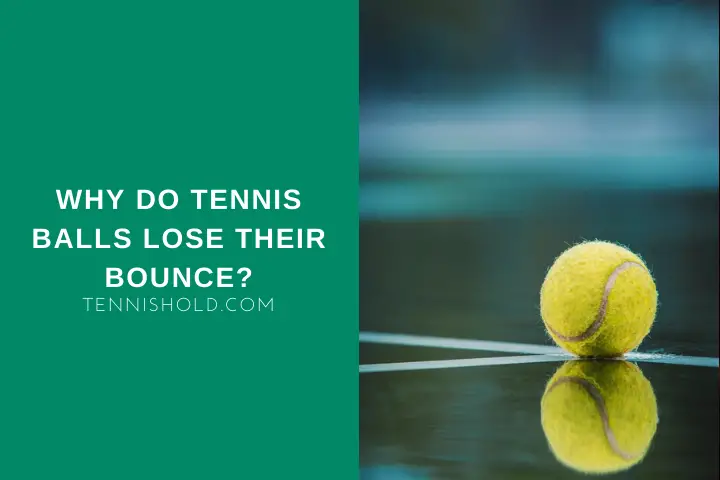Maybe you have never played tennis in your life, but I bet you held a tennis ball in your hands many times.
It is unique and so different from any other ball.
You can see tennis players throw balls away right after one or two hours of hitting. Why is it like that?
It is because tennis balls lose their bounce and compression quickly, and their surface is damaged.
There is a reliable explanation behind getting rid of flat balls.
As a coach and former player, I can assure you that playing tennis with new and flat balls is more or less like driving a Ferrari and Peel P50 (Guinness World Record holder, though!).
Tennis ball consists of a rubber core filled with pressurized air and covered with felt. With each bounce, the pressured air is pushed out from the core. Once inside and outside pressure evens, the ball loses its bounce and becomes flat.
Freshly opened tennis balls fly and spin much faster so they give more control over strokes. In addition, reaction forces on the player’s arm are lower, keeping practice relatively safe and comfortable.
Why Are Tennis Balls Pressurized?

Tennis balls are pressurized to provide the highest possible feel, control, comfort, and safety for players. Before using in tournaments, they must be certified by the International Tennis Federation.
As long as balls stay pressurized in cans, you don’t have to hurry up to play with them.
Unlike other balls in any sport, pressurized tennis balls are marked with higher air pressure on the inside than on the outside, which is around a 2:1 atmosphere ratio. Balls suppliers often use nitrogen to inflate balls or a mix of nitrogen and air.
Nitrogen molecules move slower and are bigger compared to compressed air. This way, nitrogen keeps the pressure inside the ball longer as it seeps out slower than the air itself.
If applied proportions of pressure change adversely, the ball loses its original features and becomes flat.
Let’s talk about ball tubes now.
Generally, the reason for pressurizing balls in cans is to keep their inside and outside walls under identical pressure to prevent the air from escaping.
Thanks to that, their stiffness, bounce, and freshness are untouched even if you store them for months.
Once you open a can, the balls begin to deflate slowly even though they are not being used. However, this process speeds up rapidly during play.
Every contact of the ball with racket, ground, or net causes short core deformations which press the air outside and make it flatter and flatter.
The primary rule then is to unseal tennis balls cans just before training or match for its best feeling.
Why Do Tennis Balls Go Flat?

Tennis balls go flat because they lose the inside air closed in the core, and their felt gets damaged. An interesting fact is that you can’t avoid it in any way.
Tennis balls will always go flat.
Each hit decreases the ball’s air pressure because its core, although made entirely from rubber, is not entirely airtight.
Internal pressure pushes gas out, and after hours of hard-hitting, they become much softer and useless.
Another reason is what happens with ball fuzz. The external layer wears down, constantly meeting huge rubbing of the racket string and court itself.
The more destroyed the felt is, the lower the ball bounces and the less it protects the core. Next time you play with used balls, you will undoubtedly notice that they also go much slower.
When you open a new can, the balls look great – fluorescent and furry – and you can easily read their brand name.
Later on, after a hard-hitting session, they turn bald and nameless.
The most destructive impact on ball condition has hardcourts which can be compared to a cheese grater. If you ever play on this surface, take a look around to spot plenty of ball hair.
Another vital factor is individual playing style. Balls hit with topspin are vigorously brushed by racket strings that wear felt away faster.
You can watch some videos of Rafael Nadal’s forehand as an example.
Do Pressureless Tennis Balls Lose Their Bounce?

Literally, every tennis ball will lose its bounce one day.
Some of them faster, some slower, but it is a matter of time. Although constructed differently from regular balls, pressureless tennis balls become worn too and don’t bounce high and nicely endlessly.
Pressureless tennis balls do lose their bounce. Just LATER!
Their most significant advantage is that they last way longer than canned balls, remain flexible and hard, and still allow you to practice at a very good level.
What precisely differentiates them from pressurized balls?
Basically, it is all about core composition.
While pressurized balls are getting softer and softer because of the air leak, here inside pressureless balls, there is no air at all. The entire core is made of and filled with rubber, though it is slightly bigger, and the material is more elastic and thick.
There is no air inside of a pressureless tennis ball doesn’t mean it wouldn’t lose bounce in the end.
Like every component on earth, even rubber’s features get worse with time and become less resilient.
In this case, it takes up to two years, depending on training frequency, court surface, players’ level, and weather conditions. It is incredibly long compared to the week-average durability of pressurized balls.
Since you can hit and hit pressureless balls for tens of months, they are mostly used for training.
Final Words
Tennis balls go flat for one main reason – they are hit so hard that accumulated loading exceeds their resistance.
I am personally surprised with the ball’s development or its lack; however, you call it.
Despite some improvements, it looks like the most critical part was overlooked. We are still forced to exchange balls weekly on a casual play or every 7-9 games during professional tournament matches.
Some people try to bring innovations to the tennis industry and build specific pressurizers. This way, you can enjoy using but yet bouncy balls.
On the other hand, these tools still don’t restore the felt, which is very important in controlling strokes.
Isn’t it really possible to produce pressurized balls which would be more durable or resistant to external factors?
Or is it just pure business that has to roll, and as long as people love to buy new things and fresh balls, it will never change?

